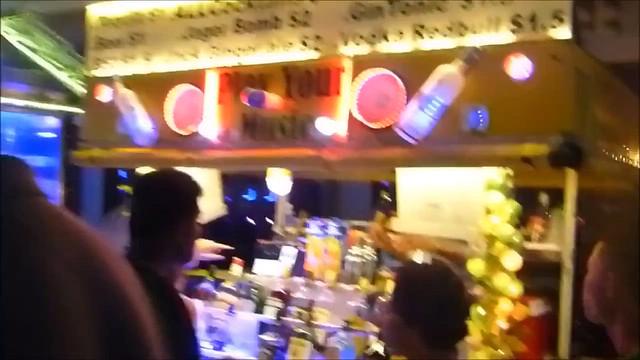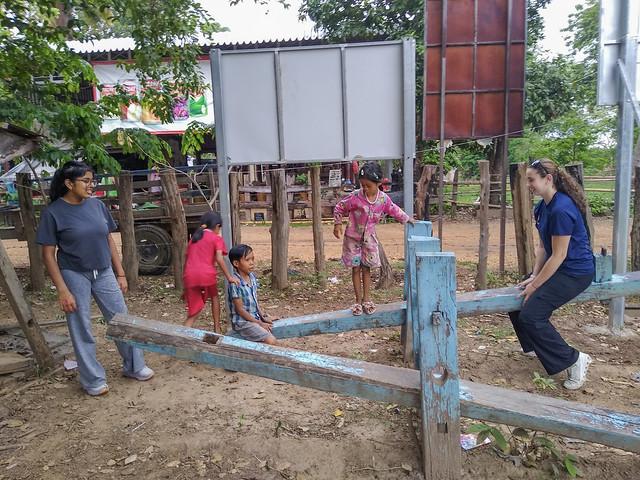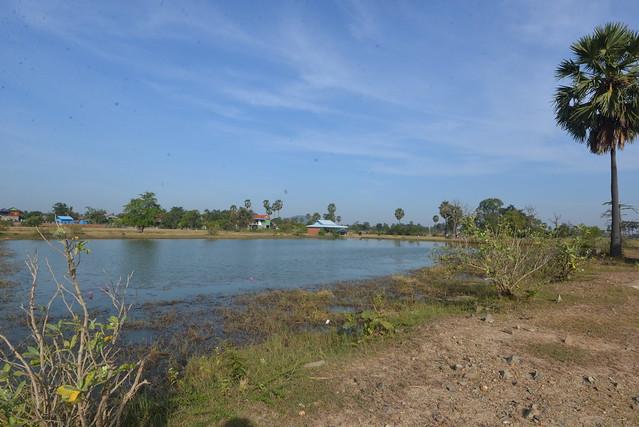Takeo
Overview
Overview of Takeo, Cambodia
Takeo, often referred to as the "Cradle of Cambodian Civilization," is a province rich in history and culture, located in the southern part of Cambodia. It is unique for its ancient temples, rural landscapes, and archaeological sites that date back to the pre-Angkorian and Angkorian eras. The province is home to Phnom Da, a hill with an ancient temple atop, and the nearby museum in Angkor Borei that houses artifacts from the Funan period. The blend of its historical significance and the simplicity of rural life makes Takeo a fascinating destination for those interested in the roots of Khmer culture and the natural beauty of Cambodia.
Tourist Season and Activities
The best time to visit Takeo is during the dry season, which runs from November to April. During this period, the weather is cooler and more comfortable for exploring. This is the high season for tourism, allowing visitors to fully enjoy outdoor activities such as visiting the ancient temples like Phnom Chisor, taking boat trips to the floating villages, and exploring the rice paddies and countryside. Wildlife enthusiasts can also visit the nearby Phnom Tamao Wildlife Rescue Center, which is home to various rescued animals, providing a unique opportunity to learn about and interact with Cambodia's native wildlife.
Preparation for Travelers
Before visiting Takeo, travelers should prepare a few essentials to ensure a comfortable and safe trip. It is advisable to pack light, breathable clothing due to the typically warm climate, along with a good pair of walking shoes for temple tours and rural explorations. Sunscreen, insect repellent, and a hat are also important as protection from the sun and insects. Since rural areas might not have ATMs readily available, carrying some local currency (Cambodian Riel) is recommended for small purchases. Lastly, a basic understanding of some Khmer phrases can be very helpful in enhancing communication with local residents, enriching the overall travel experience.
How It Becomes to This
History not available

You May Like
Explore other interesting states in Cambodia
Discover More Area
Delve into more destinations within this state and uncover hidden gems.










